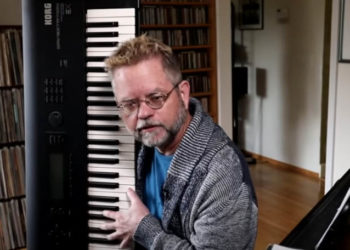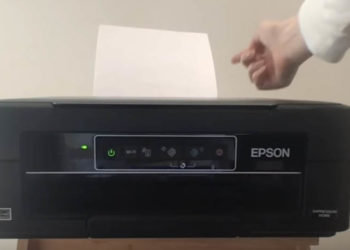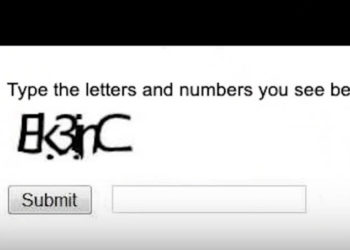Don’t you hate it when you’ve finally gotten the hang of a piece of technology, only to see it declared obsolete and replaced with some sort of confusing upgrade? Such was the case for the tally stick, essentially a piece of wood with carvings on it used to remember things by humans since the Upper Paleolithic Era for some 44,000 years. And then in medieval times, the new-fangled split tally stick came along. Sure, the split tally stick (a carved piece of wood split in two with each party involved in a transaction keeping half) offered the functionality of providing a foil and counterfoil (essentially a receipt), but if an unsplit stick was good enough for our great-great-great-great-great (etc.) grandparents….
The video below talks about these incredibly long-lived tools. In England, split tally sticks were used to prove one had paid one’s taxes for an astonishing 600 years, and, as with all technologies, disposing of old ones became problematic. Hundreds of years worth of sticks were stored in England’s Houses of Parliament until 1837 when it was decided that they could be disposed of. In this case, they all went into a stove to be burnt, which overheated and burned down Westminster’s medieval Parliament.
Discussion
4 Thoughts on "Essential Technologies: The Tally Stick"
Tally stick-44,000 years of use.
The 8 inch floppy disk, 1972, was superseded by the 5.25 inch floppy in 1976. The 3 inch micro disk arrived in 1982. In short order, we progressed through hard drives, flash memory and the cloud. At least our decedents will be able to read tally sticks 44,000 years from now, as they will be able to read cuneiform tablets. Will there be devices to read our magnetic media and programs do decipher the documents stored on them?
I cannot read the 5.25 floppy discs containing my thesis draft, written using Wordstar, typed on a TRS80.
Back in my laboratory days, one technician had the responsibility of maintaining at least one functional drive and at least one functional computer that could run any of the lab’s previous data. So there was a corner filled with old Macs, PCs, Sun computers, and Zip drives, Jazz drives, and all manner of optical disc drives. Don’t get me started on SCSI adaptors…
This is a nice account of technologies and their affordances (including longevity). And worth remembering that if you want a secure archival medium there’s also the good old clay tablet with demonstrated reliability over a 6000 year time span. For fun I have created a digital clay tablet using a variety (2) of encodings. See http://users.ox.ac.uk/~wolf2728/Clay/index.html
Our former head of the history center insisted all oral histories had to have a transcript because he said tape would last 30 years tops (overlooking could you find a machine to play it), but paper lasts for at least 100 years.



